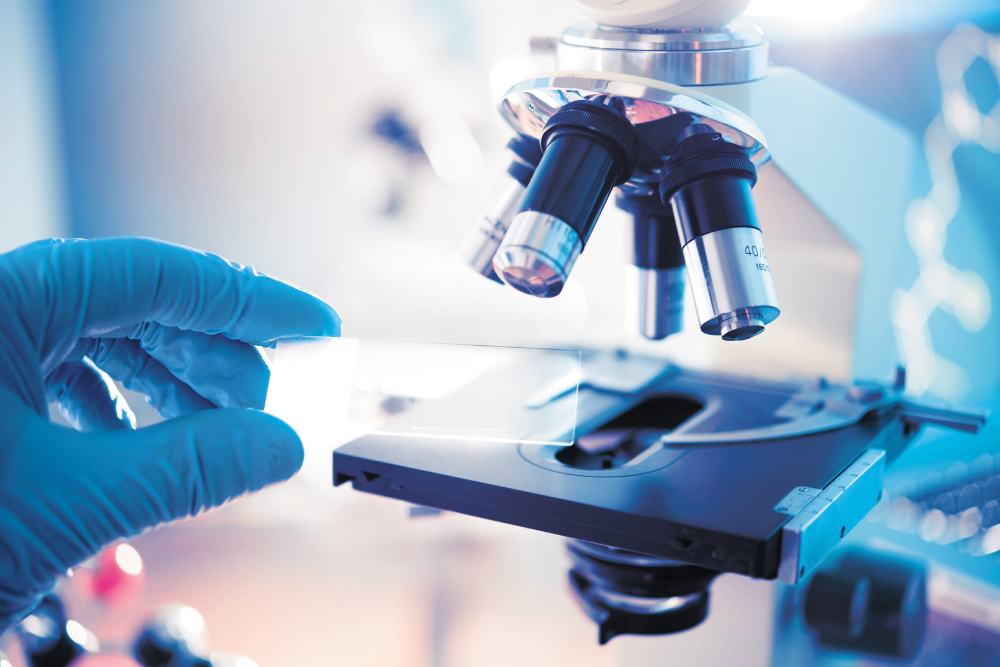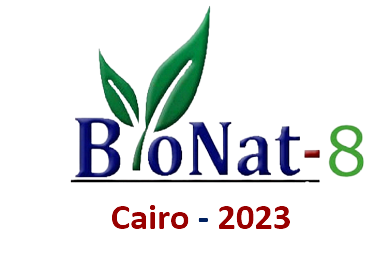Life sciences are an enormous field that studies life in all its forms, from bacteria to begonias to beluga whales. Life sciences aim to learn everything about living organisms on this planet, including plants, animals, viruses, and bacteria. Life sciences study the biology of how these organisms live, which is why you may hear this group of specialties referred to as “biology”. As you might expect, with an estimated 8.7 million species of animals, about 400,000 species of plants, and countless species of bacteria and viruses, there are a lot of different forms of life you can study. Many life science researchers specialize in one class or organism, and some specialties such as zoology have even more subspecialties.


Pharmaceutical sciences are the branches of science that concerned with the preparation and standardization of drugs. Its scope includes the cultivation of medicinal plants, the synthesis of chemical compounds of medicinal value, and the analysis of medicinal agents. Pharmacists are responsible for the preparation of different dosage forms of drugs, such as tablets, capsules, and sterile solutions for injection. The compound physicians’, dentists, and veterinarians’ prescriptions for drugs. Pharmacology is a branch of pharmaceutical sciences that embraces knowledge of pharmacodynamics and pharmacokinetics of drugs.
Medicine is the field of health and healing that includes various specialists such as physicians, pharmacists, nurses, and other health care professionals. In order to promote and maintain health and wellbeing, medicine covers diagnosis, treatment, and prevention of disease, medical research, and many other aspects of health. Allopathic medicine; also known as “conventional or modern medicine” in Western societies; is a term that refers broadly to evidence-based medical practice which involves the use of drugs or surgery and often supported by counseling and lifestyle measures. Alternative and complementary medicine is a term that describes medical treatments that are used instead of traditional evidence-based therapies. It includes acupuncture, homeopathy, herbal medicine, art therapy, traditional Chinese medicine, and many more.
Natural products are chemical compounds or substances produced by living organisms that usually have pharmacological or biological activities for use in drug discovery. The chemical diversity, structural complexity, affordability, lack of substantial toxic effects, and inherent biological activity of natural products makes them ideal candidates for new therapeutics. Microorganisms produce a large variety of antimicrobial agents; plant and marine organisms are proven rich sources of potent chemicals with anti-inflammatory, antiviral, and anticancer activities. Venoms and toxins often specifically interact with macromolecular targets in the body. Attention is also devoted to herbal medicine, plant-derived drugs, phytopharmaceuticals, bioactive proteins, anti-nutrients, synthetic drugs, ethnopharmacology, biodiversity as well as legislation and research strategies.
BioNat Theme
If Mother Nature gives us the disease, Mother Nature also provides the cure. The word pharmaceutical comes from the Greek word “pharmakeia”. The earliest drugstores date to the middle ages. The first known drugstore was opened by Arabian pharmacists in Baghdad in 754, and soon after many more began operating throughout the medieval Islamic world and eventually medieval Europe. By the 19th century, many of the drugstores in Europe and North America had eventually developed into larger pharmaceutical companies; the source of all these drugs sold in drug stores was natural products. According to some estimates, up to 75% of the drugs being used today have their roots in natural products. For instance, most modern medicines with a market in billions of dollars such as Statins for the heart, Metformin for diabetes, Steroids for inflammation, Aspirin for pain, and chemotherapeutic agents (such as paclitaxel, camptothecin, vinblastine, vincristine, thalidomide) for cancer are derived from natural sources. This conference is organized to discuss the past, present, and future contributions of natural products to drug discovery. We will invite leaders in their fields of Pharma, Drug discovery, Medicine, Nutrition, Agriculture, and Biotechnology to present their prominent findings at a venue in Cairo, Egypt where most of this kind of work has its origins.
